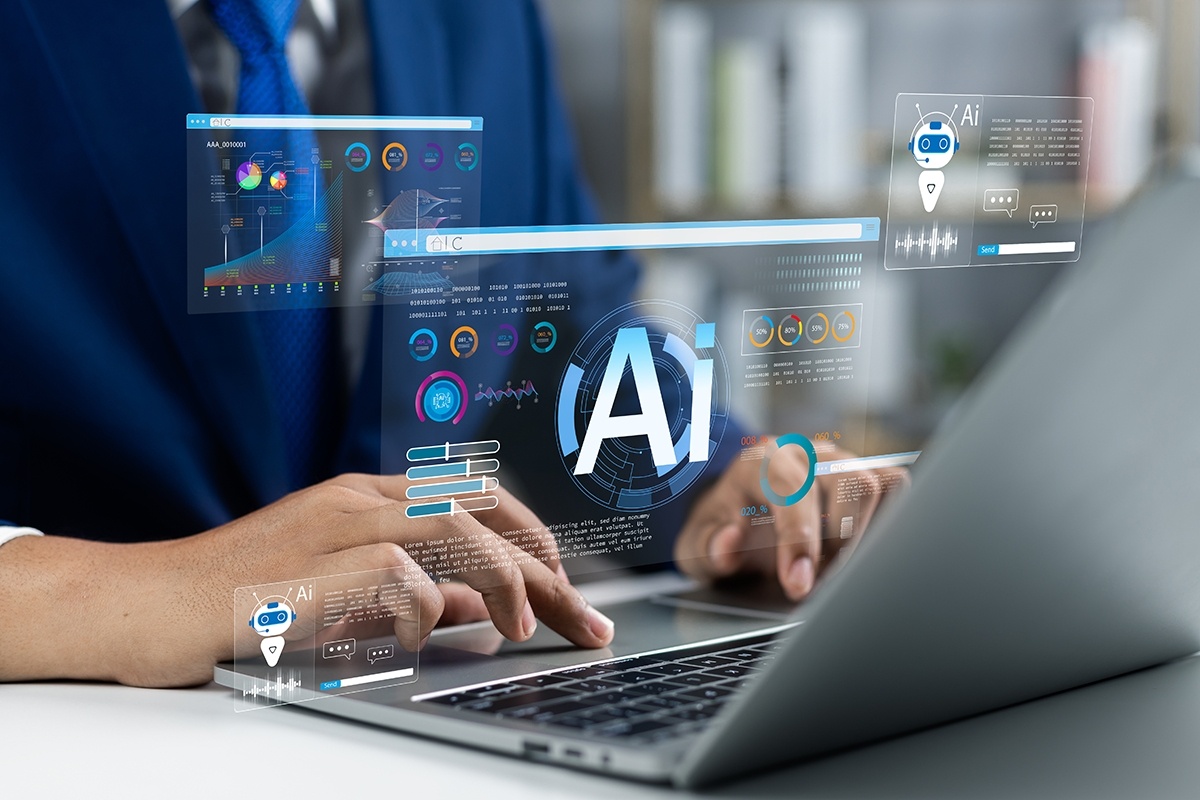UAE Corporate Tax Deadlines: EmaraTax Roadmap for CFOs (2025–2026)
The coming years will be decisive for businesses operating in the UAE, as corporate tax and digital compliance reach full implementation. With the...

Infinite has been our IT systems provider since 2004. The implementation of EDI system automated the flow of documents (such as invoices and orders). The delivery of our products takes place faster now, while the cost of order processing is noticeably lower.
Tomasz Bekasiewicz
IT Manager
2 min read
Admin Jan 13, 2025 11:00:00 AM

Technological advancements continue to redefine the world of finance, and Accounts Payable (AP) is no exception. AI (Artificial Intelligence) and Machine Learning (ML) are becoming increasingly central to AP Automation, offering capabilities far beyond basic digitization. From predictive analytics to self-learning algorithms that categorize invoices, these technologies promise a more streamlined, proactive, and intelligent approach to managing payables. In this post, we’ll explore emerging AI and ML trends and their potential to reshape your AP processes.
Traditionally, capturing invoice data involves OCR technology that converts scanned documents into text. While useful, OCR can struggle with inconsistent formatting or low-quality scans.
One of the most compelling aspects of AI in AP is the ability to predict trends and optimize decisions.
In a typical AP workflow, an invoice often passes through multiple levels of approval, which can slow the process if the chain of command is not streamlined.
Fraud is an ever-present threat in finance. Manual processes make it difficult to spot suspicious invoices or vendor activities in time.
As natural language processing (NLP) technology improves, chatbots and virtual assistants are becoming valuable assets in finance departments.
AI and ML aren’t static; they improve as they ingest more data and receive more user feedback. This constant evolution helps companies maintain a cutting edge in a highly competitive market.
The future of AP Automation is inextricably linked to AI and Machine Learning. These technologies take AP beyond digitization, enabling predictive analytics, proactive fraud detection, and highly adaptive workflows. By embracing these trends, organizations can unlock new levels of efficiency, intelligence, and strategic value in their financial operations. Whether you’re looking to reduce costs, strengthen supplier relationships, or gain better oversight of your cash flow, AI-driven AP Automation is paving the way to a smarter, more resilient financial future.

The coming years will be decisive for businesses operating in the UAE, as corporate tax and digital compliance reach full implementation. With the...

The UAE’s shift toward mandatory e-invoicing and the EmaraTax system represents more than a compliance milestone—it’s a turning point in digital...

As UAE enterprises advance in their digital tax transformation journey, the EmaraTax platform is emerging as far more than just a filing tool—it’s a...